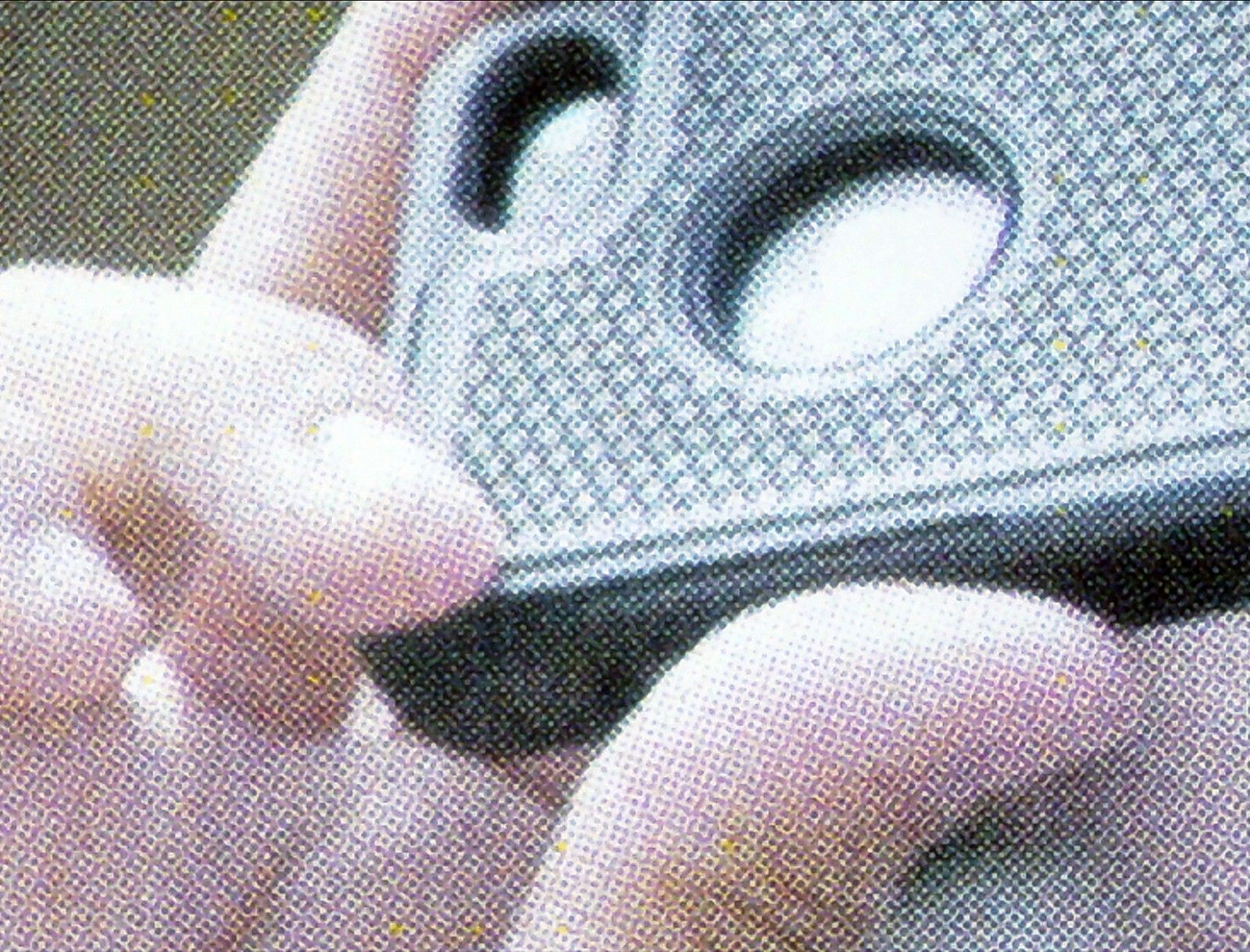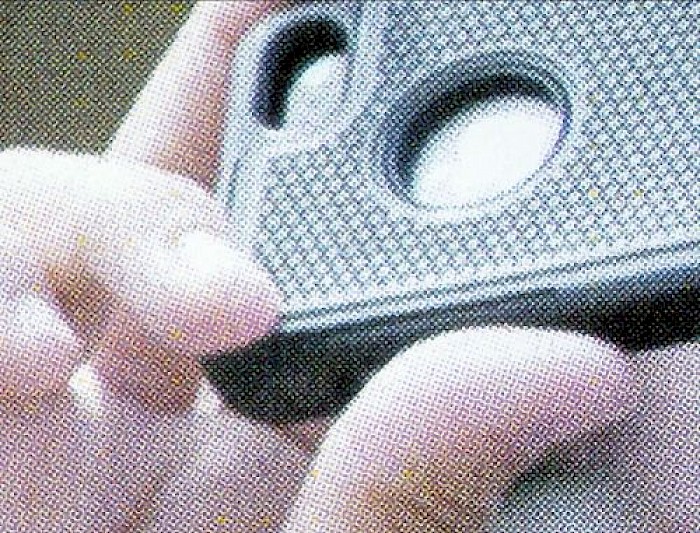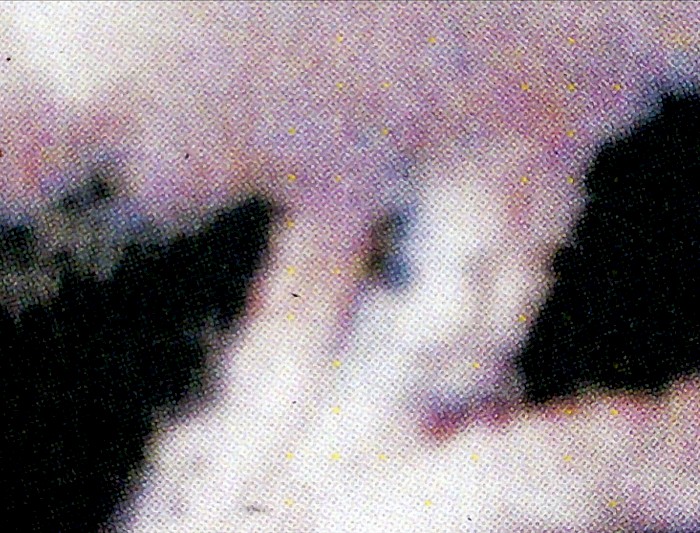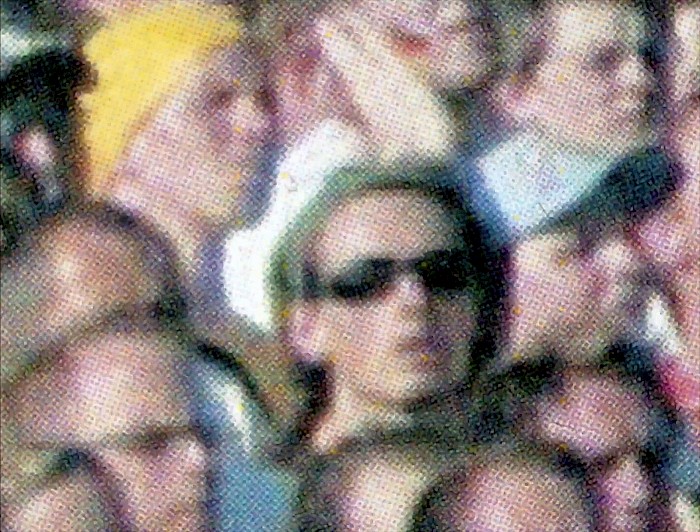Shown in Compétition #2.
Synopsis
A crowd of people gathered to see something. Their eyes are busy confirming their beliefs. This film uses a film scanner, but it is not a film. It is the assembly of images scanned frame-by-frame. A Crowd forms a trilogy: Belief, Crossroads, and Dinosaur.
Text from the selection committee
A Crowd is not strictly speaking a “found footage” movie. Stock shots from various sources are reworked frame by frame before being scanned. It is produced through a series of weaves and screenings of images of varied diegetic status that construct a mirror that sends us back to the status of a spectator double that of a subject dissected on the screen. It is a crowd (or crowds) that opens this “plastic litany” which then knits dense textures of divine waste (bottles, cans, torn posters) that an opening towards improbable skies closes (temporarily). The feeling, here powerful and intoxicating, replaces any attempt at elucidation. And then, is it necessary to elucidate all the works? The visual experience often takes precedence over any declaration of intention.
Translation made by the translator www.DeepL.com/Translator
– R.B.
What is the starting point for your film?
Before I started this work, I was more interested in the methodology of the work. When dismantling an image, I thought about how each of the images could be viewed independently without losing its properties. This resulted from interest in the relationship between aggregation and dissolution, and between the whole and individual existence. The object that could show such characteristics was a cluster of things. I think people, building forests, and piles of garbage were the best images to identify the methodology and content of the work.
I find the technique interesting because the frenzy with which the images scrolls echoes that of the city. The hypnotic nature of your images reinforces the idea of alienation inherent in city life. What technique did you use to create it?
The technique of the work is simple. First, cut the original picture printed in A4 size into 16mm film size, then the cut image is scanned into frame by frame. The visual effects of the image were further maximized by showing structural connectivity while combining the still images produced in this process into a moving image. What’s interesting is that in doing this work, I have become interested in what kind of relationship being focused and alienated have with the frame, and now I’m working on it.
How long did it take to make your film?
It took more than six months, although it was unclear exactly because there were some periods that were completely untouched. At first, I planned Belief, which is the first part of A Crowd’s trilogy, and worked on it over two to three months. Working on Belief, I was able to devise a composition for the trilogy. Thus, the second and third parts were much easier to work through the methodology of rough trial and error while making the first part. Finally, the work started in May and June 2019 and was completed in January 2020.
How does your film fit into your work?
The work that I am currently working on got the idea by making A Crowd. Fundamentally, it began with a concern about the frame of the image, but now it is working on the gaze related to the frame from a more extended perspective.



